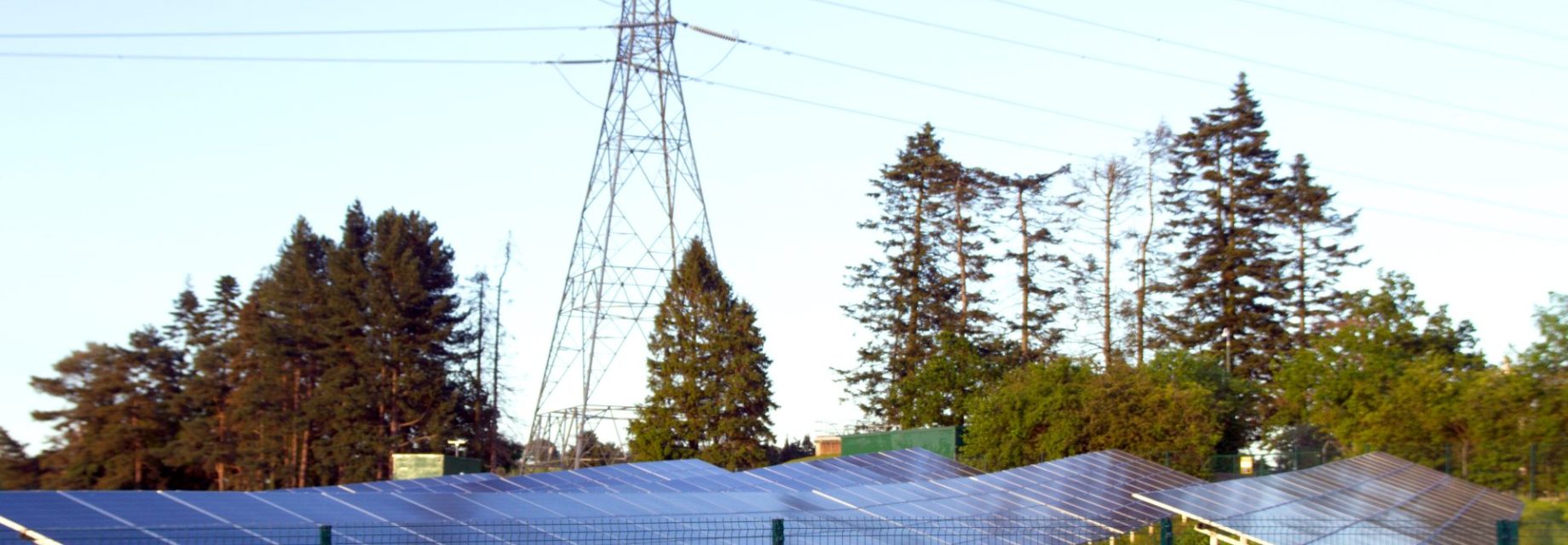The UK is rapidly transitioning to cleaner energy, but one major bottleneck stands in the way of scaling renewable energy projects: the congested energy grid. As demand for grid access has skyrocketed, projects from solar farms to battery storage systems are finding themselves stuck in long queues, with no guarantee of connection. According to a September report by energy market analysts Cornwall Insight, over 60% of projects in the renewable energy pipeline tracker did not see any change in development status between 2018 and 2023 owing to grid congestion.
For landowners considering solar or battery projects, this congestion poses a significant risk to their ability to contribute to the renewable energy sector and benefit from land-lease agreements. However, recent efforts by policymakers aim to address the issue, providing a glimmer of hope for future projects. However, awareness of the UK grid challenge and the recent changes in legislation will be important for landowners in partnering effectively with developers to ensure project success.
The Grid Congestion Challenge
As the UK grid struggles to keep pace with the volume of new projects, clean energy developers have experienced years of delay in waiting for grid connections. These delays not only stall developments but can also jeopardise their viability entirely. Equally, recognising the importance of securing a place in the grid connection queue, some developers then failed to move to the next phases of project development, or became bogged down in planning, leading to projects with a connection date, but no viable development – so called ‘zombie projects’.
In response, policy changes have now been introduced to help alleviate grid congestion and improve the allocation of grid capacity.
The Connections Action Plan and Its Impact
In the last year, significant legislative changes have been introduced to address the congestion issues. OFGEM’s Connections Action Plan has set out a series of actions designed to tackle the backlog of projects stuck in the grid connection queue. The plan aims to remove zombie projects, better utilise existing capacity, and streamline the overall connections process.
A key component of this plan is a new two-stage application process that streamlines a ‘first ready, first connected’ approach. In the first stage, ‘Gate 1’, projects receive an indicative connection point and date that will assess projects for grid readiness. Under ‘Gate 2’ – provided land rights are secured and ready to go into planning – projects would have their grid queue position determined and have an opportunity for accelerated connection. If projects don’t have these land and planning milestones in place, grid offers could be terminated.
Moreover, the newly nationalised National Grid Electricity Systems Operator will play a pivotal role in managing this new grid application process, aiming to more effectively balance demand with available capacity.
What This Means for Landowners
While the intricacies of grid policy changes may not seem directly relevant to landowners, these developments are crucial to the long-term success of renewable energy projects on their land. A project’s ability to secure a grid connection can make or break its viability. With new rules in place, landowners must partner with developers with a proven track record of navigating both the planning and grid connection processes.
For landowners, the key takeaway is the importance of partnering with a capable and experienced developer. Projects that fail to secure planning permission or experience delays can lose their spot in the grid queue. This can result in missed opportunities and extended project timelines that reduce the project’s financial return.
How to Assess Potential Developers
Landowners should carefully assess developers’ expertise and experience to ensure a successful partnership. Here are some key factors to consider:
- Track Record in Planning Success
Developers with a proven history of securing planning approval for renewable energy projects are better equipped to navigate the complexities of the grid connection process. Ask potential partners for examples of past projects and their success rate in gaining planning permission. - Community Engagement
Effective community engagement is crucial for smooth project approvals. Developers who invest time building relationships with local communities are more likely to gain support and avoid objections that can delay or derail planning approvals. - Thorough Environmental and Ecological Assessments
Renewable energy projects often require detailed environmental impact assessments. Ensure your developer has the expertise to conduct thorough ecological and environmental evaluations, reducing the risk of last-minute planning obstacles. - Understanding of Grid Connection Dynamics
A developer who understands the grid’s complexities and has experience working within the new two-stage application process will be invaluable. Ask your developer about their approach to securing grid connections and their understanding of OFGEM’s new guidelines.
Partnering For Project Success
As the UK’s renewable energy sector continues to grow, grid congestion remains a critical challenge. However, recent policy changes are beginning to address these issues, making it possible for new solar and battery projects to move forward. For landowners, the key to success lies in selecting a developer with a strong track record in both planning and grid connection processes. By asking the right questions and choosing the right partners, landowners can play a significant role in the UK’s clean energy future while ensuring the viability and profitability of their projects.


